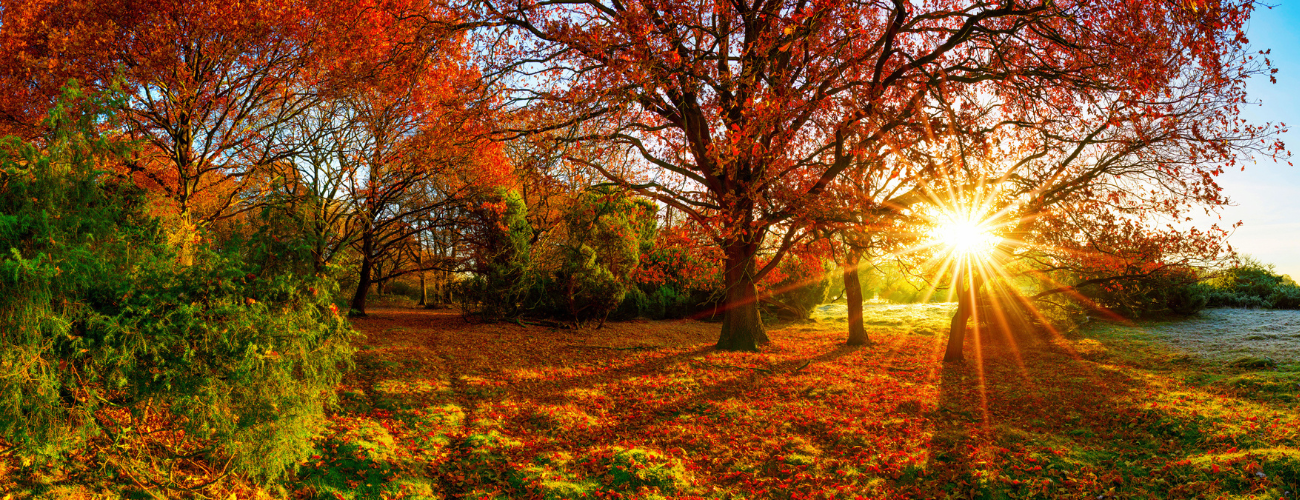Although the cold spring gave us a late start this year, It has been a good summer for the garden. There has been enough rain through July and August to keep the plants looking fresh and the flowers have kept on coming. Cosmos, dahlias and salvias are performing at their peak and the perovskia is having its best display ever. The allotment is overflowing with an abundance of broccoli, courgettes and beans and pumpkins are swelling enthusiastically. I grow a variety of winter squash called Crown Prince. It has beautiful steely grey skins, orange flesh and keeps until March in a cool place. It makes a delicious soup and amazing curry.
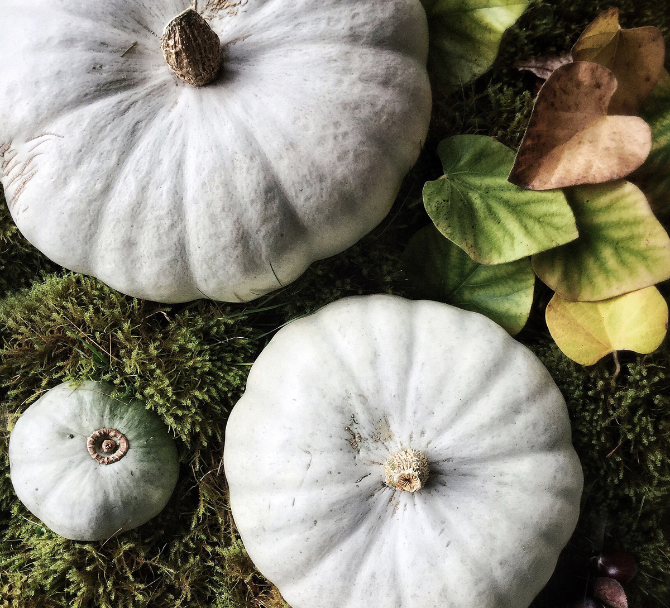
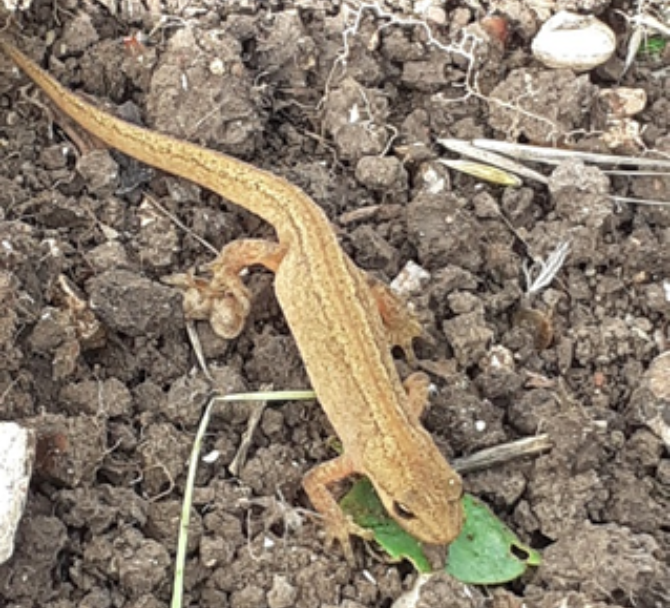
Tidying your pond
At my allotment last week I was clearing some longer grass and I came across a smooth newt. They breed in ponds but spend the rest of the year in grass or woodland. Hopefully, it has been helping to keep the slugs under control. I don’t have a pond yet at my allotment but if I did, autumn would be the perfect time to do some maintenance. The juvenile amphibians have moved out and insects will be looking to hibernate as the weather cools. Creating a pond is one of the best things you can do for garden wildlife. The wildlife then helps you to control those pesky slugs and snails without resorting to chemicals. However, like most things, it needs to be managed, if left alone it would gradually fill up with sludge and disappear.
First, switch off any fountains and pumps and give them a good clean. Make sure they are in good working order before storing them in a safe place, where mice cannot chew the electrical cables.
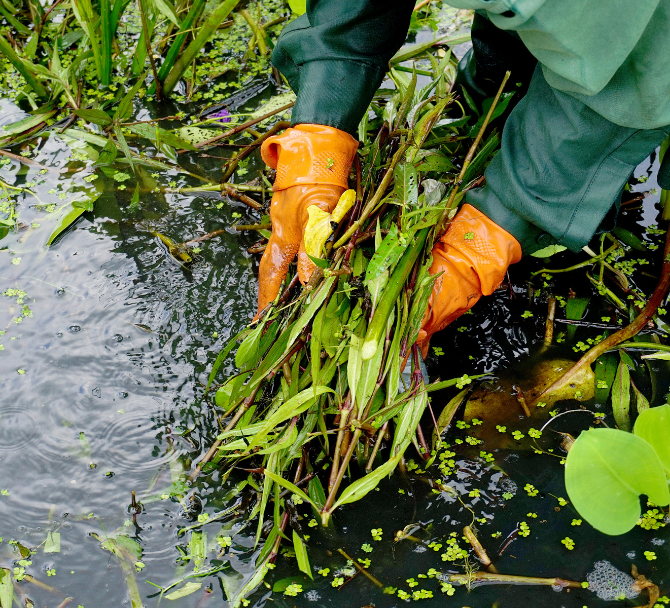
Tidy up fallen leaves, dead or dying foliage and cut back any aquatic plants that have got too big. Remove blanket weed and algae. Next clear out some of the silt and sludge from the bottom of the pond. Leaving some behind for creatures to hibernate in. There may be lots of little creatures hidden amongst the sludge and vegetation. Leave it next to the pond for 48 hours before composting, to give wildlife the opportunity to return to the water. Rotting vegetation creates a nutrient-rich sludge at the bottom of the pond, which will lead to problems with algae or duckweed in the Spring. This clear-up will help to keep your pond water clear and healthy.
Next, assess any overhanging vegetation and trees. If overhanging vegetation has grown too big and shades out the pond, cut it back over winter to let in light and air.
Once you’ve tidied your pond, place a plank over one end, or for a small pond a tennis ball. This prevents the entire surface freezing over in winter and allows oxygen and CO2 somewhere to get through.
Lawn care
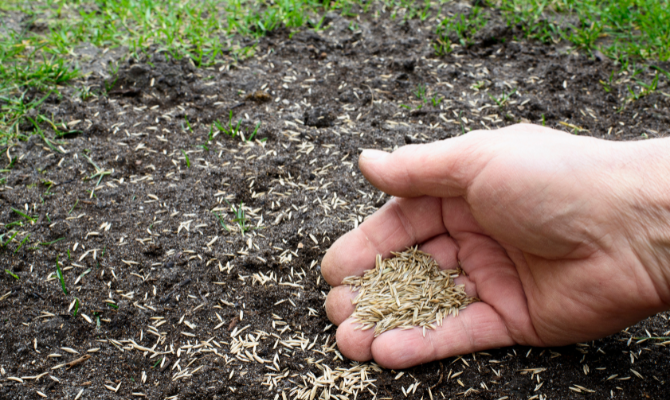
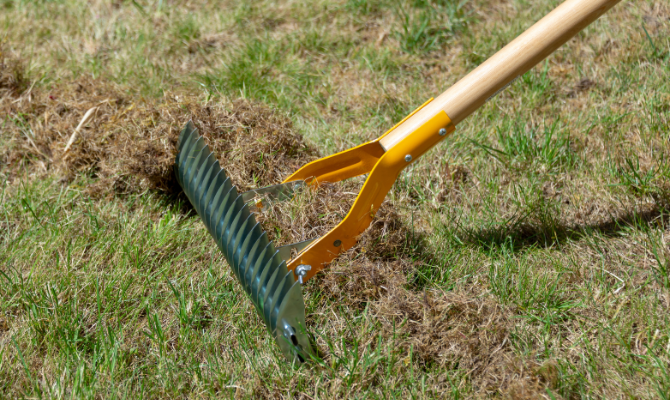
Early autumn is a great time to sow a new lawn. Dig over the area to remove compaction, clearing weeds as you go then rake level. Leave it for a week or so to settle. Then tread it gently all over and rake it level before scattering grass seed and raking again. Protect the seed from being eaten by birds. Have fun with the kids making an autumn scarecrow or set up string lines across the area. Don’t walk on new lawn for at least a month; give it time to establish.
To renovate a lawn rake it hard with a spring tined rake or specialist tool. Remove the thatch that has built up.
Dig out lawn weeds making sure you get the whole root.
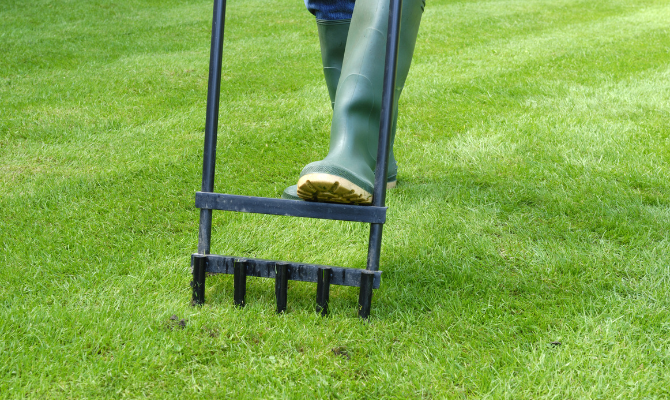
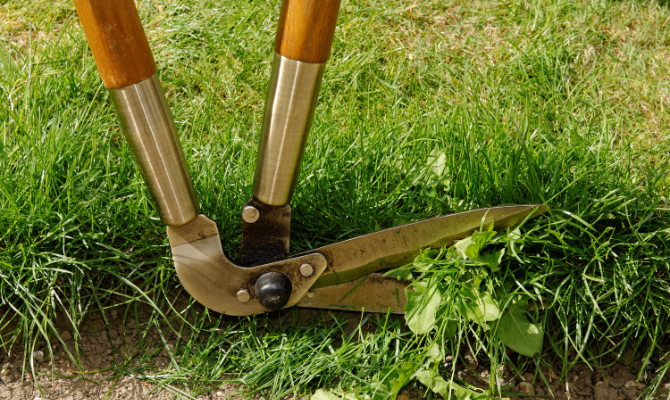
Reduce compaction with a hollow tined aerator or garden fork. Work across your lawn systematically about every 15cm creating holes. This improves drainage and boosts root growth. Then sweep a top dressing across the lawn and into the holes. Aerating your lawn only needs doing every two to three years for a lawn with average use. Aeration encourages thicker grass and resistance to damage from drought or flooding.
Sprinkle an autumn lawn fertiliser to encourage strong root growth (don’t use spring fertiliser which will have too much nitrogen for winter levels of growth).
Lastly use shears or a lawn edging tool to neaten up the edge of your lawn and stop it encroaching into your flowerbeds.
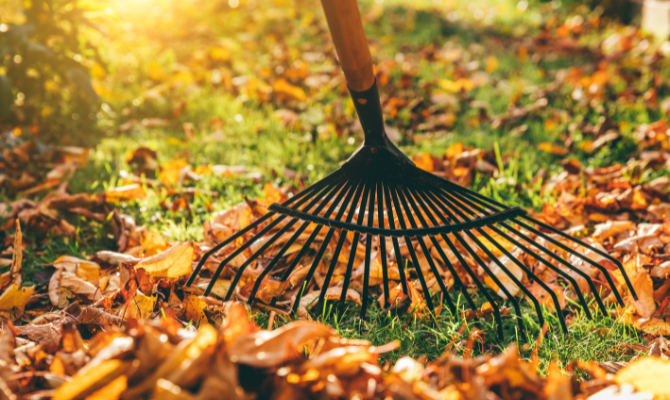
When mowing in autumn raise the height of your mower to 4cm and mow less often.
Keep raking leaves off your lawn. As the season transitions, deciduous trees shed their foliage, creating a carpet of fallen leaves. While this autumnal blanket might seem picturesque, leaving it undisturbed on your lawn can lead to patches of dead or weakened grass. Sweeping fallen leaves from paths serves a dual purpose: averting treacherous slippery spots and capitalising on their inherent potential. Gather these leaves into tidy heaps, whether tucked into a corner or nestled at the rear of a flower bed, where they can decompose.
This transformation into leaf mould is not only a boon for your garden but also a haven for wildlife seeking a cosy spot for hibernation. Once broken down, this leaf mould offers a wealth of applications. Enriching and insulating, it is a superb mulching agent, nurturing soil health and fostering plant growth. Moreover, this precious material can be used to make your own bespoke potting compost, cultivating a self-sustaining cycle.
Beds and borders
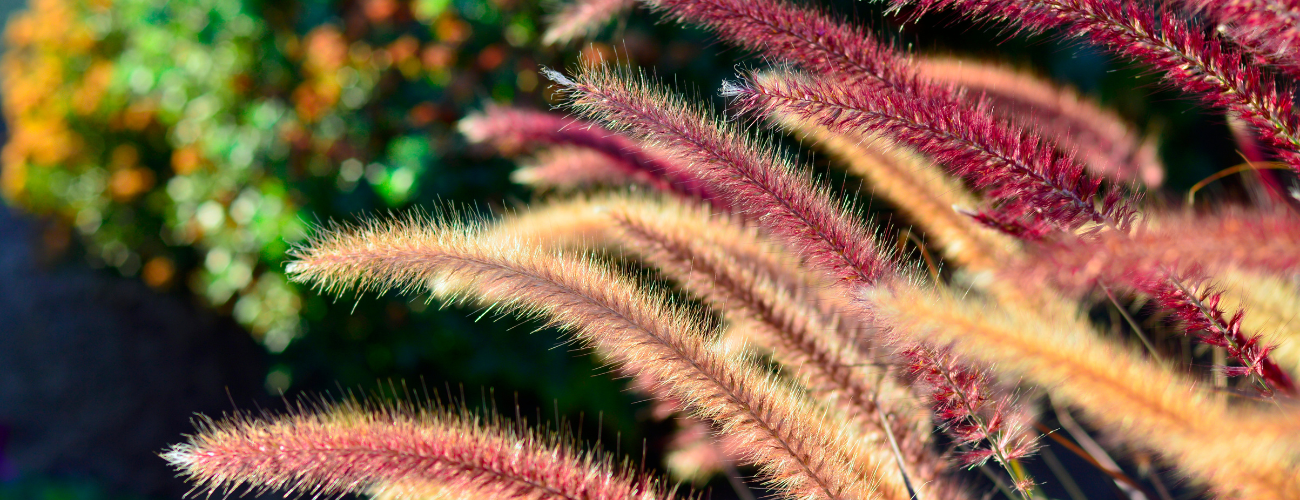
September’s flower beds are often still going strong with scores of bright jewel-like blooms mixing with the softening browns and fluffy seedheads of ornamental grasses. But as the month goes on it feels more and more as if we are on borrowed time. So how to avoid this melancholy that autumn and winter can bring? The answer is to plan for the future.
Gardening is great for the soul, not just because it keeps us connected with nature and makes us get outside into fresh air but also because it is about hope. A garden is never finished, it is dynamic and constantly changing. As gardeners we respond to those changes and make plans. Every seed we sow or bulb we plant is about the expectation of beautiful or delicious things to come. Although the year is on the wane we console ourselves with the joy of the spring and summer to come. So choose your spring bulbs now, revel in the choice of tulips, daffodils and many more and get them in to the ground or pots ready to brighten up your springtime.
Click here to view our range of Spring Bulbs.
Clear away any really tatty foliage and flopping stems. Leave plants with good seedheads for the birds, or structure that will stand through the winter looking dazzling covered in frost. A few such as penstemon and salvias should also be left until Spring because their top growth protects their crowns. With the beds cleared take the opportunity to assess what you have and choose new plants to fill the gaps.
Now is a great time to plant shrubs and perennials. The soil is still warm enough for the plant to happily put out roots and get established, while the autumn rains keep them moist. Add some blood, fish and bone or Growmore to promote root growth. Finish with a compost mulch. This will keep the weeds down, feed the soil and insulate the roots of your plants over winter. Come spring they will be ready to romp away. Fruit in particular can all be planted now, strawberries, currants and raspberries. Now there’s something to look forward to!
Repair and renewal
With the autumn tidy up of our beds and borders, autumn is also a good time to review your garden structures. Check your fencing, sheds, raised beds, greenhouses etc. Make sure your fence posts and panels are sturdy enough to survive any winter storms and shed roofs are intact to prevent water leaking through.
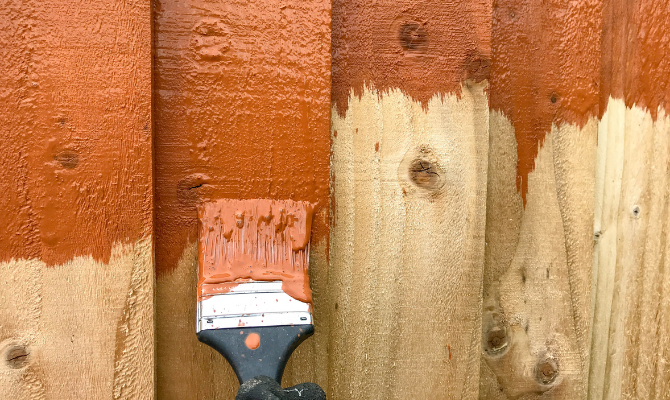
Treat wooden structures and garden furniture to a coat of preservative during a dry spell. This will help them face up to whatever the great British weather can throw at them. It will also make them look a bit smarter. You could take the opportunity to change the colour. Do you like the natural look or are you more a bright and breezy, beach hut kind of person? Whatever you choose, prepare the surface first by brushing it over to remove dust and cobwebs and dirt.
Check for loose sections and secure them. Treat any small damp or rotten patches with wood hardener or replace the section before painting on the preservative. Make sure your shed windows are secure and replace roofing felt if necessary.
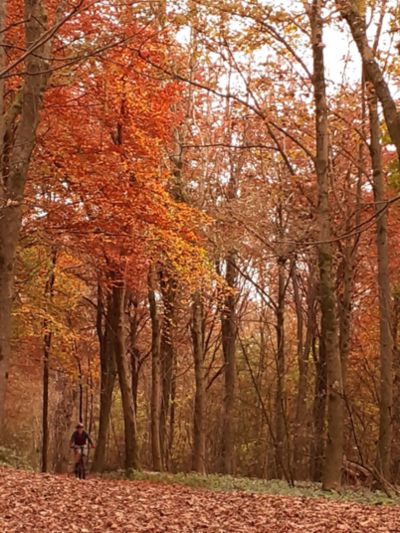
Picture: Stanmer Park, Falmer near Brighton
Autumn casts a dual spell upon the garden—both enchanting and bittersweet. As the season unfolds, the sun’s angle softens, casting a golden halo around tall grasses, set against the fiery backdrop of changing leaves. We cling to sunny interludes in the daytime, while evenings coax us into warm, woolly jumpers. The vibrant tapestry of summer days gradually weaves into memory, making way for the embrace of autumn.
Yet, even as the days wane, the spirit of gardening remains unwavering. Amidst the current summer’s remnants, there’s a call to action, sowing lawns, tidying up, planting to fill gaps and securing structures for the impending winter. Simultaneously, it’s a time for forward thought, a chance to plan and prepare. With the anticipation of the seasons ahead, there’s a world of wonder to imagine. Spring and the subsequent summer promise marvels anew, flourishing with life’s vibrancy once more.

By our resident horticultural expert





